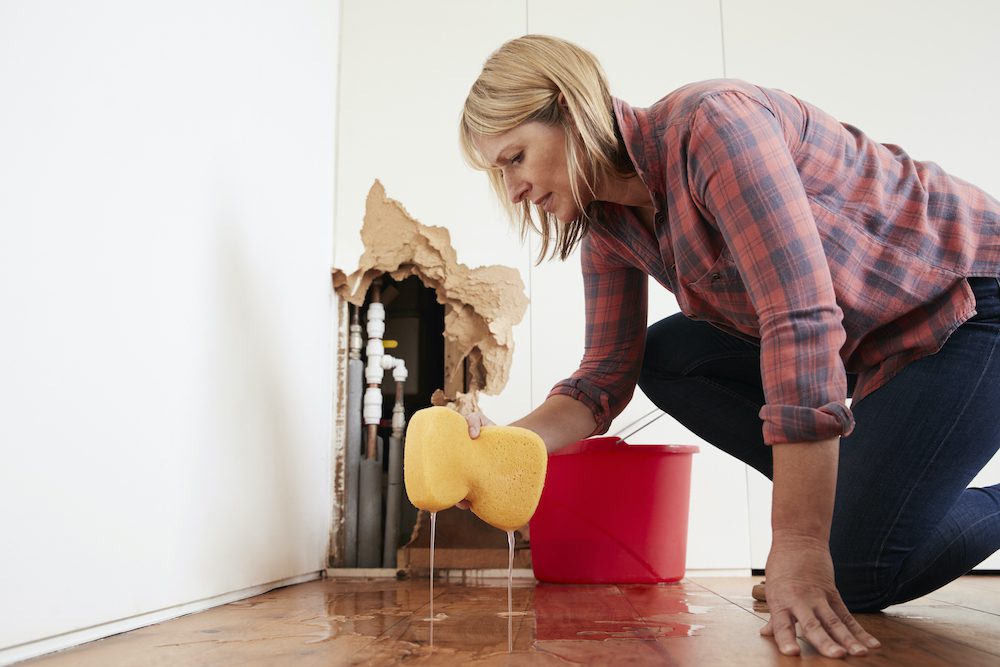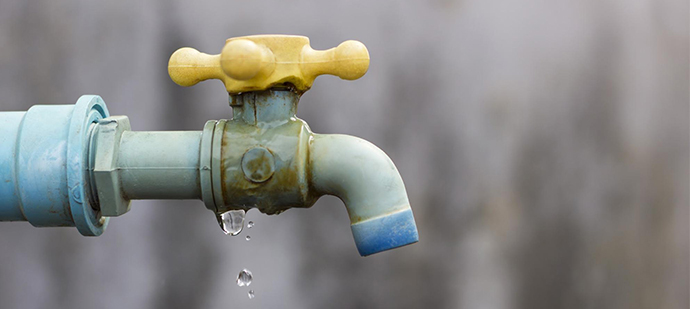Expose Hidden Water Line Leaks: 6 Proven Detection Techniques
Expose Hidden Water Line Leaks: 6 Proven Detection Techniques
Blog Article
What're your opinions regarding Leaking water lines?

Early discovery of dripping water lines can minimize a potential catastrophe. Some small water leakages might not be noticeable.
1. Examine the Water Meter
Every home has a water meter. Inspecting it is a surefire way that aids you find leakages. For beginners, switch off all the water resources. Ensure no one will flush, utilize the faucet, shower, run the cleaning equipment or dish washer. From there, most likely to the meter and watch if it will change. Since no one is using it, there must be no motions. That suggests a fast-moving leak if it moves. Also, if you discover no changes, wait a hr or 2 and also inspect back once again. This means you may have a slow-moving leakage that can also be below ground.
2. Check Water Consumption
Assess your water bills and track your water intake. As the one paying it, you need to see if there are any discrepancies. If you detect sudden changes, regardless of your intake coinciding, it implies that you have leaks in your plumbing system. Remember, your water costs need to fall under the same array monthly. An abrupt spike in your costs shows a fast-moving leak.
Meanwhile, a stable boost every month, despite having the exact same routines, reveals you have a slow-moving leak that's additionally slowly rising. Call a plumber to thoroughly inspect your home, specifically if you feel a warm location on your floor with piping beneath.
3. Do a Food Coloring Examination
30% comes from bathrooms when it comes to water intake. Test to see if they are running appropriately. Decline specks of food shade in the container and wait 10 mins. If the color in some way infiltrates your dish during that time without flushing, there's a leak in between the tank and dish.
4. Asses Outside Lines
Don't forget to inspect your exterior water lines too. Should water seep out of the link, you have a loosened rubber gasket. One small leak can waste tons of water as well as increase your water costs.
5. Check as well as Examine the Circumstance
House owners must make it a practice to check under the sink counters and also inside closets for any kind of bad odor or mold development. These two red flags indicate a leakage so punctual focus is called for. Doing regular evaluations, also bi-annually, can conserve you from a major problem.
Much more importantly, if you recognize your residence is already old, keep a watchful eye on your heating units, hose pipes, pipelines and so on. Look for stainings and weakening as a lot of pipes and home appliances have a life expectancy. They will likewise naturally wear away because of tear and also wear. Do not wait for it to intensify if you think leaking water lines in your plumbing system. Call a specialist plumber as soon as possible so you do not end up with a dreadful mess in your home.
Early detection of dripping water lines can minimize a prospective catastrophe. Some little water leaks might not be visible. Examining it is a guaranteed means that assists you discover leaks. One tiny leakage can lose lots of water and also surge your water expense.
If you think leaking water lines in your plumbing system, don't wait for it to rise.
WARNING SIGNS OF WATER LEAKAGE BEHIND THE WALL
PERSISTENT MUSTY ODORS
As water slowly drips from a leaky pipe inside the wall, flooring and sheetrock stay damp and develop an odor similar to wet cardboard. It generates a musty smell that can help you find hidden leaks.
MOLD IN UNUSUAL AREAS
Mold usually grows in wet areas like kitchens, baths and laundry rooms. If you spot the stuff on walls or baseboards in other rooms of the house, it’s a good indicator of undetected water leaks.
STAINS THAT GROW
When mold thrives around a leaky pipe, it sometimes takes hold on the inside surface of the affected wall. A growing stain on otherwise clean sheetrock is often your sign of a hidden plumbing problem.
PEELING OR BUBBLING WALLPAPER / PAINT
This clue is easy to miss in rooms that don’t get much use. When you see wallpaper separating along seams or paint bubbling or flaking off the wall, blame sheetrock that stays wet because of an undetected leak.
BUCKLED CEILINGS AND STAINED FLOORS
If ceilings or floors in bathrooms, kitchens or laundry areas develop structural problems, don’t rule out constant damp inside the walls. Wet sheetrock can affect adjacent framing, flooring and ceilings.
https://www.servicemasterbyzaba.com/blog/how-to-detect-water-leakage-in-walls/

Do you enjoy reading about Top leak detection hacks? Try to leave a review down below. We would be pleased to find out your feelings about this post. We hope that you come back again in the near future. Sharing is nice. Helping people is fun. Thanks a lot for your time. Kindly visit our site back soon.
Guaranteed satisfaction offered. Report this page